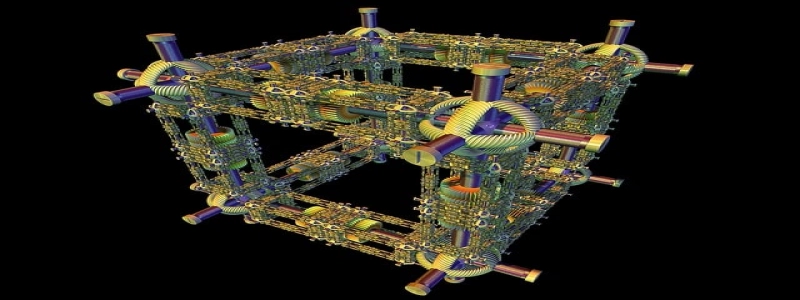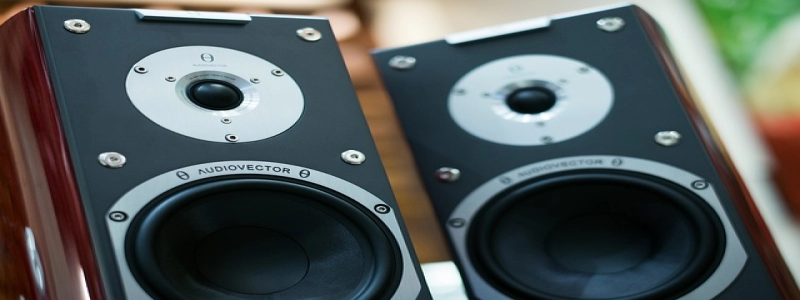Fiber Multimode vs Single Mode: An In-Depth Comparison
Introduction:
Fiber optic cables have revolutionized the way information is transmitted over long distances. They are the backbone of modern communication systems and play a crucial role in enabling high-speed data transfer. When it comes to fiber optic cables, there are two primary types: multimode and single mode. In this article, we will delve into the differences between fiber multimode and single mode cables, their applications, and performance characteristics.
1. Overview of Fiber Multimode:
Fiber multimode cables are designed to carry multiple signals simultaneously. They have a larger core diameter, typically 50 or 62.5 microns, which allows multiple modes (light paths) to propagate through the cable. Due to their larger core size, multimode cables can accommodate a broader range of wavelengths, making them suitable for shorter distances (up to a few kilometers). They are commonly used in local area networks (LANs), data centers, and premises networks.
2. Overview of Fiber Single Mode:
Fiber single mode cables, on the other hand, are engineered to carry only a single mode of light. They have a much smaller core diameter, typically 9 microns, that allows for a focused beam of light to pass through with minimal dispersion. Single mode cables have a higher bandwidth and can transmit data over much longer distances, reaching up to tens of kilometers or even hundreds of kilometers. They are primarily used in long-haul telecommunications networks, submarine cables, and high-speed internet backbone connections.
3. Performance Characteristics:
a. Bandwidth: Single mode fibers have a higher bandwidth capacity as they support a single mode of light propagation. This results in higher data transfer rates and larger capacities for carrying multiple signals simultaneously.
b. Distance: Single mode fibers offer much longer transmission distances due to their narrower core diameter, which minimizes signal loss and dispersion. Multimode fibers, while suitable for shorter distances, experience more signal attenuation and modal dispersion, limiting their transmission range.
c. Cost: Multimode fibers are generally more cost-effective when it comes to installation and hardware. Single mode fibers require more precise alignment and specialized equipment, which can increase upfront costs.
d. Design Considerations: In terms of equipment compatibility, single mode fibers are favored for advanced optical systems, while multimode fibers are more compatible with older systems. It’s essential to consider the desired application and existing infrastructure when choosing between the two.
4. Applications:
a. Multimode Fiber Applications: Multimode fibers are commonly used in LANs, premises networks, and shorter distance data center connections. They are suitable for applications requiring high bandwidth but relatively shorter transmission distances.
b. Single Mode Fiber Applications: Single mode fibers are utilized in long-haul telecommunications networks, transcontinental data transmission, and high-speed internet backbone connections. They are the preferred choice for applications demanding high-performance over extended distances.
Conclusion:
Understanding the differences between fiber multimode and single mode cables is crucial for selecting the most appropriate type for a specific application. While multimode fibers offer cost-effective solutions for shorter distances, single mode fibers provide higher bandwidth and longer transmission distances. By carefully considering the performance characteristics and applications of each option, one can make an informed decision for their optical communication needs.







